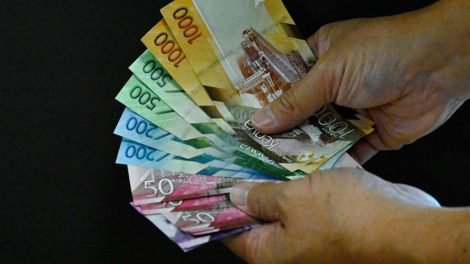The 100 Kenyan Shillings often exchange with around 1 US Dollar, this is the similar comparison with Japanese Yen which is exchanging with 1 USD at around 100 JPY.
This brings forth to the equation that 1 Kenyan Shillings is almost equal to 1 Japanese Yen.
Yet in reality, Kenyan economy and Japanese economy are a world apart.
Japan is ranked as a first world country with a 1st world economy characterized with massive motor production and electronics
Japanese industrialization stage cannot be compared near the Kenyan one, yet the same currency can buy 1 USD at almost the same unit of their respective currency.
So why is there such a phenomena? The problem lies with Kenyan Shilling!.
We will start by explaining in the layman’s language that the Kenyan shilling is overvalued.
A report from Amana Capital in 2019 May accused Central Bank Of Kenya alias CBK of overvaluing the Kenyan Shilling by 30 percent.
Through the report dubbed ‘Kenya’s Economic Puzzle-Putting the pieces together’, stated that the Ksh.100 in 2009 January could in 2019 only buy 50 percent of the goods it bought in 2009.
The Amana Capital stated that the Kenyan Shilling should actually be trading with USD dollar as 130 KSH at 1 USD.
In 2018, International Monetary Fund (IMF) issued a report on Kenya Shilling stating that the currency was overvalued by more than 17 percent.
The report based its study on Kenya’s key economic centres namely debt, balance of trade, employment, fiscal policy, currency and interest rates.
The report also stated that Kenyans risk being exposed to high taxes because the 5.2 trillion debt had been moved to unproductive from its productive stage.
“In 2018, for every Ksh.100 of tax collected, Ksh.25 went to paying interest on debt and as at June 2018, for every Ksh.100 in revenue, Ksh.34 was used to service total debt obligations,” the study said.














